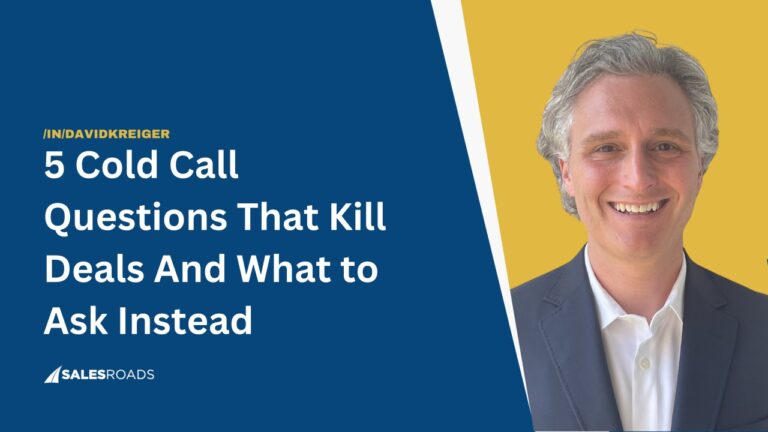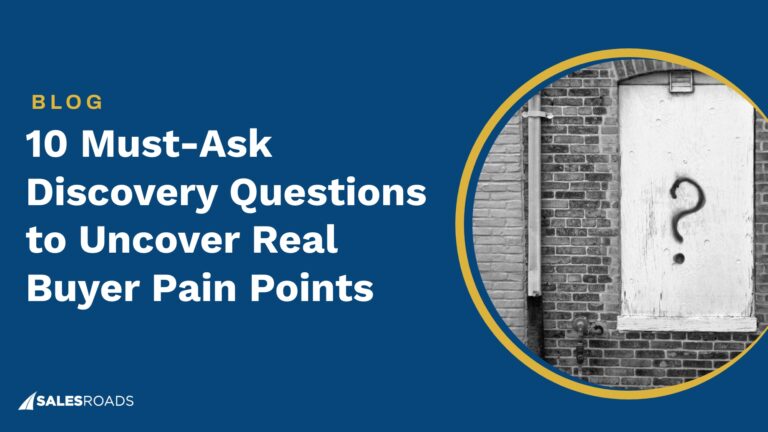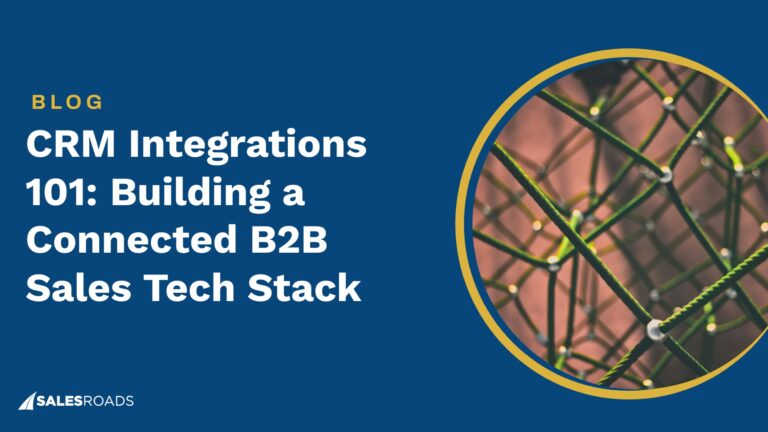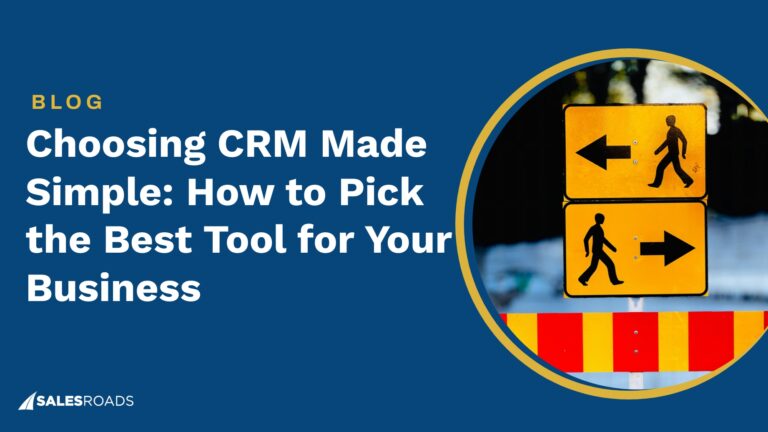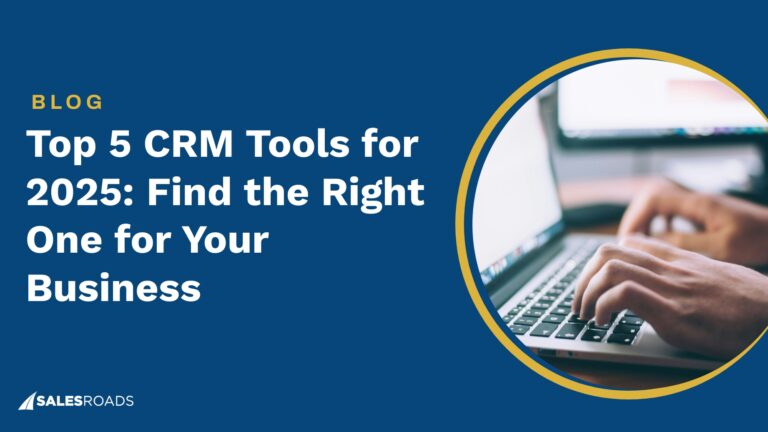Most playbooks sit on a shelf collecting dust because they don’t match what actually works in the field. They’re often filled with theory, jargon, or outdated tactics that leave reps guessing instead of closing.
A great sales playbook should be the opposite: a practical, easy-to-follow guide built around real, proven strategies that top performers use every day. It’s the difference between spinning your wheels and consistently hitting your number.
What a Sales Playbook Is and Why It Matters Now More Than Ever
Sales cycles are getting longer. Buyers expect more. And teams are stretched thin. That’s why building a sales playbook is so important right now. It helps your reps stay focused, move faster, and sell with confidence.
Think of a sales playbook as your team’s cheat code. It’s the go-to resource that spells out your process for prospecting, pitching, handling objections, and closing deals.
It’s no coincidence that 42% of best-in-class companies rely on sales playbooks. They see better quota attainment, higher customer retention, and stronger conversion rates across the board.
The Core Benefit of a Sales Playbook That Actually Works
A strong sales playbook creates alignment, drives consistency, and gives your reps the clarity they need to perform at a high level.

In fact, reps who use sales playbooks are 54% more likely to hit their sales goals compared to those flying blind.
When your playbook for B2B sales is dialed in, it shortens ramp time for new hires, boosts productivity across the board, and lifts win rates. Reps waste less time figuring things out and spend more time doing what matters: closing.
It turns scattered tribal knowledge into repeatable, team-wide performance. And that means a stronger pipeline, better forecasting, and a sales org that runs like a machine.
What Should a Sales Playbook Include?
A great sales playbook brings structure to your sales motion, clarity to your messaging, and consistency across every rep on your team.
Here is the list of elements every sales playbook should have:
Company Overview
Every solid sales playbook should start with a quick but powerful overview of the company. Reps need to understand the story they’re representing: who you are, what you do, and why it matters in today’s market.
A well-written company overview helps position your offering with clarity and confidence. It gives context, showing how your business fits into the larger ecosystem. It also arms reps with language they can use to establish credibility, especially when dealing with skeptical or busy buyers.
Value Proposition
At the core of every great sales playbook is a strong value proposition.
This is what tells a prospect, in just a few lines, why they should care. It’s not a product description; it’s a benefits-driven message that ties your solution to a real business outcome.
Reps need to be armed with a version of the value prop that’s clear, punchy, and flexible enough to adapt to different industries or buyer personas. Your playbook for B2B sales should lay out this value proposition with variations if needed, one for CFOs, another for ops teams, etc.
Differentiators
Buyers are drowning in lookalike solutions. That’s why your sales playbook must clearly define what sets your offering apart. This section outlines your differentiators, those specific features or services that competitors don’t (or can’t) offer.
Maybe it’s compliance expertise. Maybe it’s deep integrations with key platforms. Maybe it’s your hands-on onboarding process or industry-specific analytics. Whatever it is, make it obvious.
For example, if speed of implementation is a concern in your space, call that out as a strength. And back it up with proof, like stats, testimonials, or case studies. A strong differentiator section helps build trust, shape perception, and move deals forward faster.
Targeting Criteria
One of the biggest time-wasters is chasing the wrong leads. That’s why your sales playbook needs crystal-clear targeting criteria. This section should define your Ideal Customer Profile (ICP)—who you’re selling to, why they’re a fit, and what red flags to look for.
Go beyond vague firmographics. Include details like job titles, industry segments, tech stacks, revenue bands, and geographic focus.
Just as importantly, outline who not to contact. Disqualifying early saves your reps hours—and keeps your pipeline clean.
Persona Profiles
To sell effectively, reps need to know who they’re talking to—and why it matters. That’s why a strong sales playbook includes detailed persona profiles. These help reps understand the mindset of each buyer type, so they can tailor messaging that actually resonates.
Each persona should include job title, responsibilities, top pain points, goals, preferred communication styles, and common objections. Go beyond surface-level data. Dig into what motivates them and what language moves them.
The better your reps can mirror the buyer’s priorities, the more trust they’ll build.
Lead Qualification Flow
Once a lead has been engaged, reps need to know exactly what to do next. That’s where the lead qualification flow comes in, and your sales playbook should lay it out clearly.
Is the lead qualified? Here’s how to move them into a deeper conversation or schedule a demo. Not a fit? Provide the next best action, whether it’s disqualifying, nurturing, or looping in another team.
If you’re building a sales playbook, this section is key to avoiding a leaky sales funnel and speeding up sales cycles. It ensures reps aren’t left guessing and keeps your pipeline flowing smoothly.
Bonus points for including visual flowcharts or decision trees to make it even easier to follow.
Talk Tracks
Every sales playbook should include structured cold calling scripts reps can use in sales conversations. These aren’t robotic lines to read word-for-word. They’re conversation starters designed to guide reps through different call scenarios with confidence.
Add specific messaging for different buyer personas and industries. Think through what reps are likely to face: gatekeepers, skeptical prospects, or long-winded decision-makers. Give them smart, simple ways to keep the conversation moving.
Email Templates
Most B2B sales cycles involve cold email. That’s why your sales playbook should include ready-to-use email templates for every key moment in the process.
Think: follow-ups after a call, meeting confirmations, recap notes, and even polite check-ins after being ghosted.
Great templates drive consistency across your team, so every message sounds polished, clear, and on-brand. They’ll know exactly what to say and when, without needing to reinvent the wheel.
In this episode of the Sell Like A Leader podcast, David Kreiger speaks with Michael Maximoff, founder of Belkins, about how sales leaders can build cold email playbooks that actually drive results.
Listen here:
Objection Handling
Every rep will face objections, and the best ones are ready for them. From “I’m not interested” to “Is this a sales call?”, this part of the playbook helps reps stay calm, confident, and in control.
The key is to equip your team with pre-written responses that feel natural, not scripted. Tailor responses to different stages of the sales process. Cold call objections? Have short, disarming replies. Objections mid-funnel? Build credibility with value-based responses.
Next Steps & Follow-Up Strategy
Getting the first conversation is great, but what comes next is where deals are made. This section of your sales playbook should outline clear follow-up strategies so reps don’t drop the ball after a good call.
Teach your team how to confirm contact details, surface the real decision-maker, and set expectations for what happens next.
Provide language for polite follow-ups, smart nudges, and compelling meeting requests. When building a sales playbook, this section ensures every rep follows a proven path instead of winging it.
KPIs & Metrics
A sales playbook isn’t just about what to say; it’s about how to measure what’s working. This section lays out the KPIs your team should track.
Clear metrics create clarity around expectations. Reps know what good looks like and can measure their progress. Managers get the data they need to coach effectively. Everyone’s working toward the same goals.
Don’t overwhelm with dozens of numbers. Focus on the few that truly drive performance. When reps know the scoreboard, they play—and improve—like pros.
CRM & Tool Instructions
Even the best sales playbook falls flat if reps aren’t using the tools correctly. This section walks through how to use your CRM and other key sales tools. Cover the basics: how to log calls, track activity, update deal stages, and pull reports.
But go deeper too. Show reps how to use dashboards to manage their pipeline, spot risks, and prioritize follow-ups. Include links to how-to videos or quick-reference guides if possible.
Training Resources
Sales is constantly evolving, so your sales playbook should include a section dedicated to training resources. This is where reps can find on-demand content, recorded demos, call reviews, and more.
Include links to your LMS, internal training portal, or even favorite industry podcasts and blogs. Organize resources by experience level or by topic: prospecting, discovery, closing, etc. That way, reps can go deep when they need to brush up or onboard quickly.
How to Create a Sales Playbook That Works
Building a sales playbook is one thing; building a sales playbook that actually gets used is another. Too many companies create lengthy documents that sit untouched because they’re either too generic or disconnected from real sales conversations.
Here’s how to create one that reps rely on every day to win more deals:
1. Start with Your Top Performers: Capture What Already Works
Your top performers hold the blueprint to what works in the field. Instead of guessing what might help, study the behaviors, language, and workflows of your best reps.
What questions do they ask on discovery calls? How do they handle objections? What cadence do they follow for follow-ups?
Building a sales playbook around proven success increases the odds of adoption across the team. It also cuts down the ramp time for new hires, because instead of trial and error, they’re starting with strategies already driving results.
Interview your reps, shadow their calls, and pull data from your CRM to find patterns in conversion and close rates. Then package these insights into clear, repeatable steps.
2. Define the Buyer Journey and Map Sales Stages to It
Buyers don’t move in a straight line. Research shows that 50% of buyers have already made up their minds before ever speaking with a sales rep.
They research, compare, loop in stakeholders, and often restart the process. Your playbook needs to reflect that reality.
Begin by mapping out your typical customer journey. For example, your prospecting stage might match the buyer’s research phase, while your discovery stage lines up with their problem-identification phase.
When your sales stages mirror the buyer’s journey, your reps become more effective at meeting prospects where they are.
This alignment is one of the most important sales playbook best practices. It reduces friction, improves buyer experience, and boosts conversion rates.
3. Build Your ICP and Persona Profiles Early
Before you start drafting talk tracks or outreach sequences, you need to get clear on who you’re selling to.
What kind of companies are the best fit for your solution? Consider firmographics like industry, size, geography, and tech stack. Then, go deeper with persona profiles. These should outline key roles within the target companies, including job titles, pain points, goals, and objections.
Your reps need to know how to talk to a CFO versus a Head of Compliance, for example. Including tailored messaging hooks and value props for each persona gives them the edge.
This foundational step pays off in more effective outreach, better conversations, and deals that move faster through the pipeline.
4. Craft Messaging That Reflects Real Customer Pain
Your messaging needs to focus on real customer pain, not just product features. Listen to your customers. What are they struggling with? What language do they use to describe their challenges?
Use this intel to craft messaging that hits home. Your playbook should include elevator pitches, objection-handling statements, and email templates that show you understand the buyer’s world.
Reps don’t need more jargon; they need battle-tested lines that resonate. Messaging that’s grounded in real customer pain leads to more engagement and deeper conversations.
5. Standardize Your Sales Process, But Keep It Flexible
One of the most effective things you can do when building a sales playbook is to create a standardized sales process your team can follow. This means laying out the steps from initial outreach to close, including prospecting, qualification, discovery, proposal, and negotiation.
But here’s the catch: no two deals are the same. That’s why the best sales playbooks offer flexibility within structure. Provide clear guidance but allow reps to adapt based on what’s happening in the deal.
For example, if a lead skips the discovery call and jumps straight to pricing, your rep should know how to adjust without derailing the process.
6. Integrate Tools and Tech Stack from Day One
Today’s B2B sales reps use a dozen different tools to do their job: CRM platforms, engagement tools, analytics dashboards, AI tools, and more.
Your sales playbook should show them how to use each one effectively. Otherwise, even the best playbook won’t translate into performance.
From the beginning, make your tech stack part of the playbook. Show how and where to log activities in the CRM. Explain which tools are used for outbound sequencing. Include tips for dashboards, reports, and automation features that save time.
When everyone uses tools the same way, it’s easier to measure performance and identify bottlenecks.
7. Set Clear KPIs to Align Behavior with Goals
Without clear metrics, a sales playbook is just words on a page. To drive real impact, your playbook needs to include KPIs that define what success looks like.
Think beyond closed revenue. Include metrics like call-to-meeting conversion rate, number of qualified leads per week, and average deal cycle length. These KPIs give reps targets they can actually influence on a day-to-day basis.
Explain why each metric matters and how it connects to pipeline growth. Provide benchmarks so reps can self-assess. And make sure managers use these same KPIs during 1:1s and team reviews.
8. Test, Get Feedback, and Iterate
The truth is, your first version of a sales playbook won’t be perfect, and that’s okay. What matters most is building a feedback loop so it evolves with your team and market.
Start by launching a draft version and asking your team to use it for a set period. Gather feedback in structured formats: surveys, interviews, or team retros. What’s missing? What’s unclear? What’s actually helping them sell?
Then, update and refine. Version control is key here. Make it clear what’s changed and why. Treat your playbook as a living document, because sales is always changing.
This process of testing and iterating is one of the most underrated sales playbook best practices. Without it, even the best content goes stale.
Bottom Line
A sales playbook isn’t just another document collecting dust on a shelf. When you build it around real, proven wins from your top reps, keep it simple and practical, and make it easy for your team to use every single day, you’re setting yourself up to crush your goals.
It’s about giving your team the tools and confidence to adapt, connect, and close smarter. Nail this, and you’re not just running a sales process, you’re building a high-performance sales machine that consistently wins.




